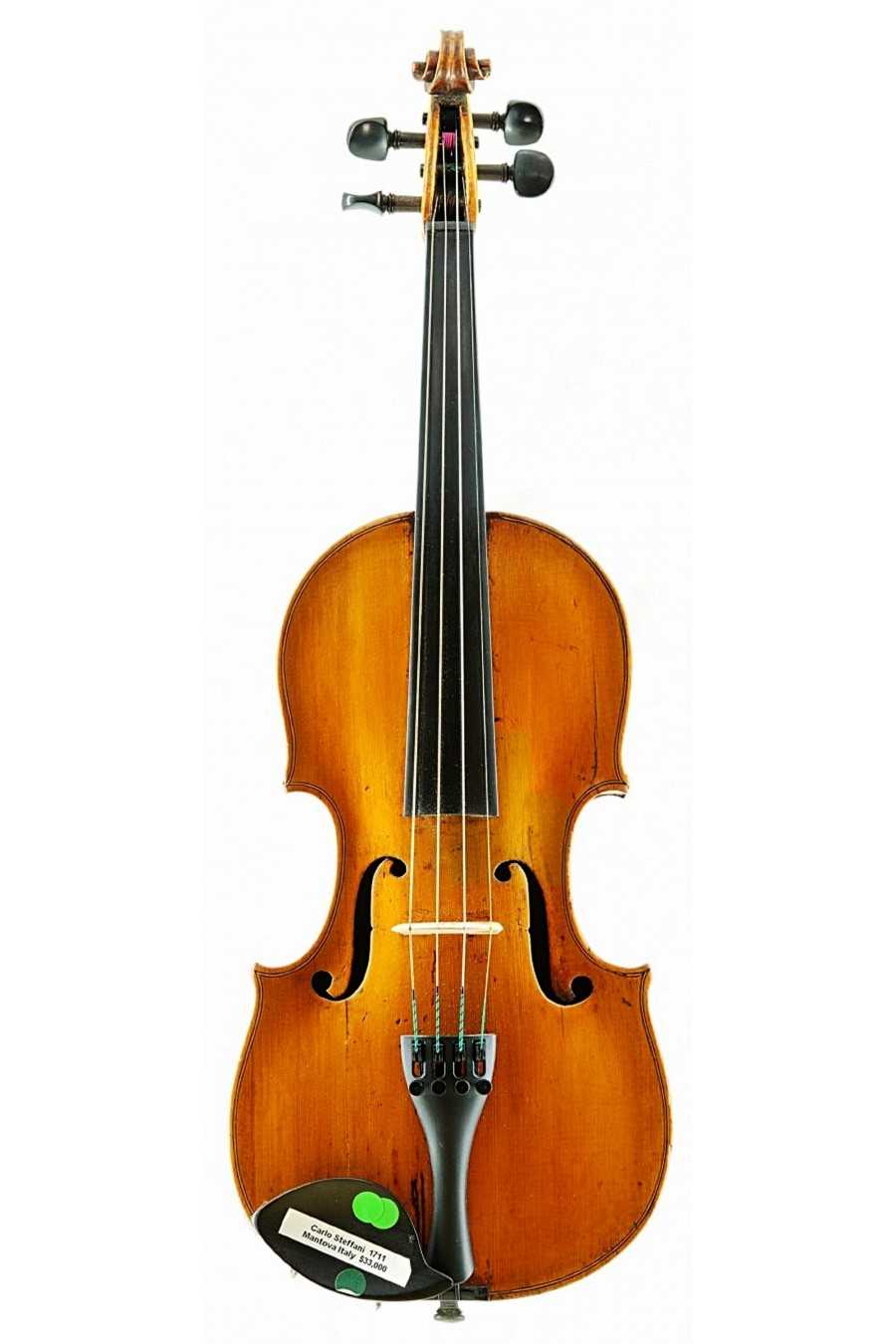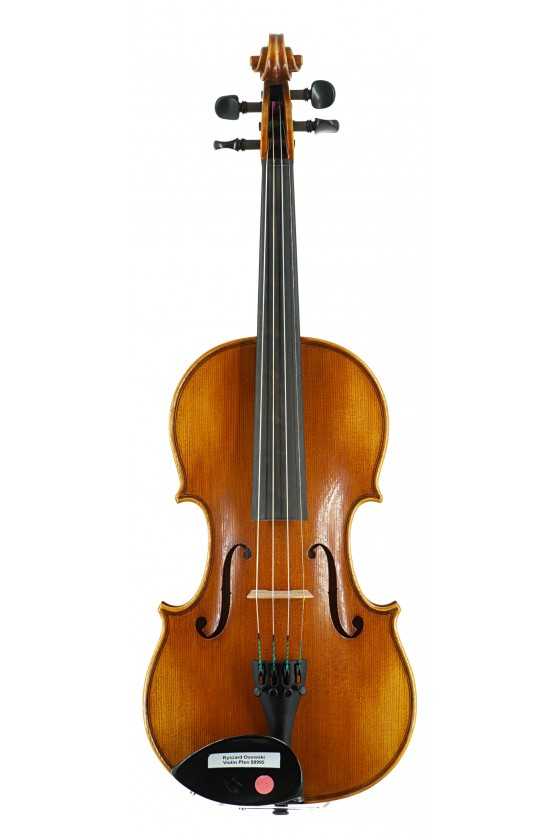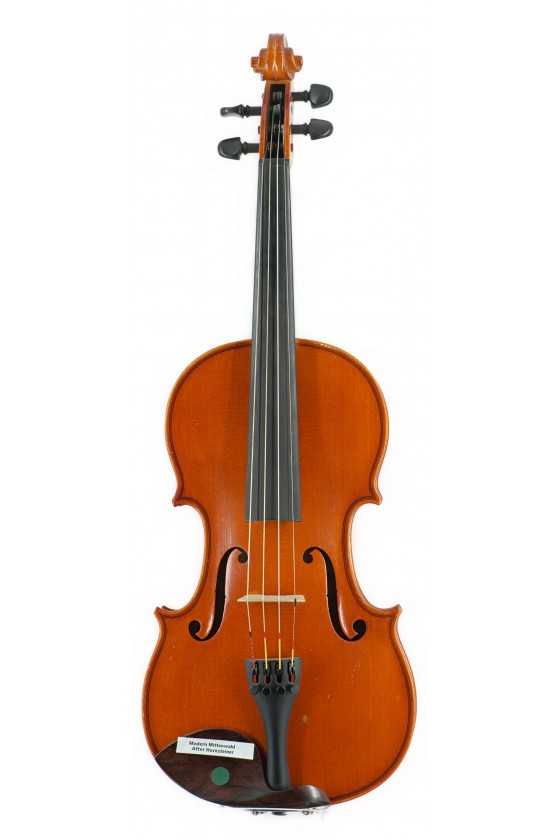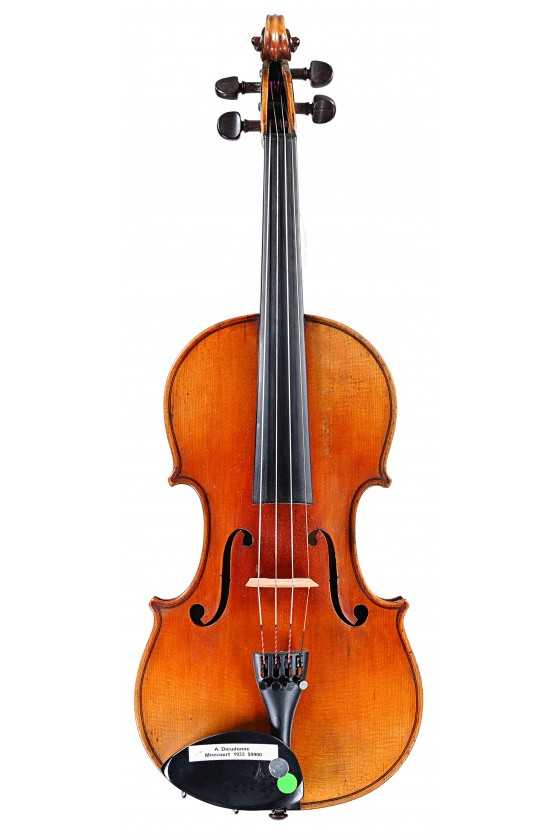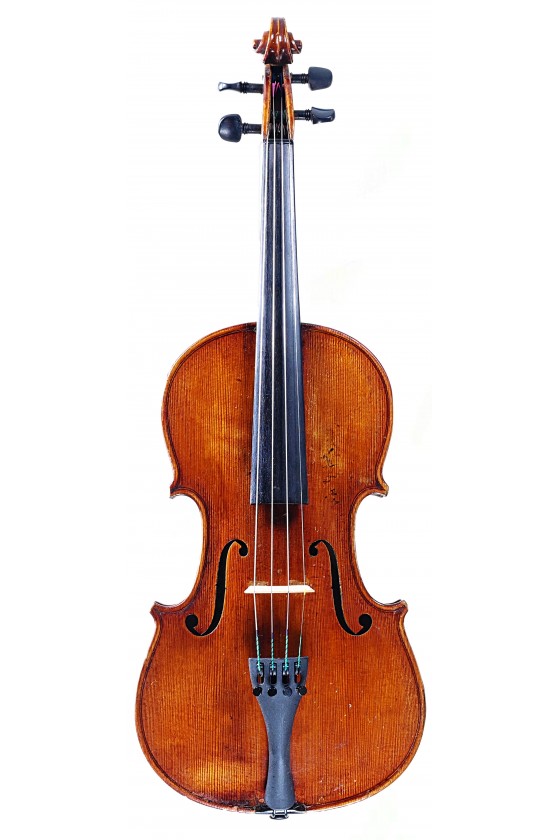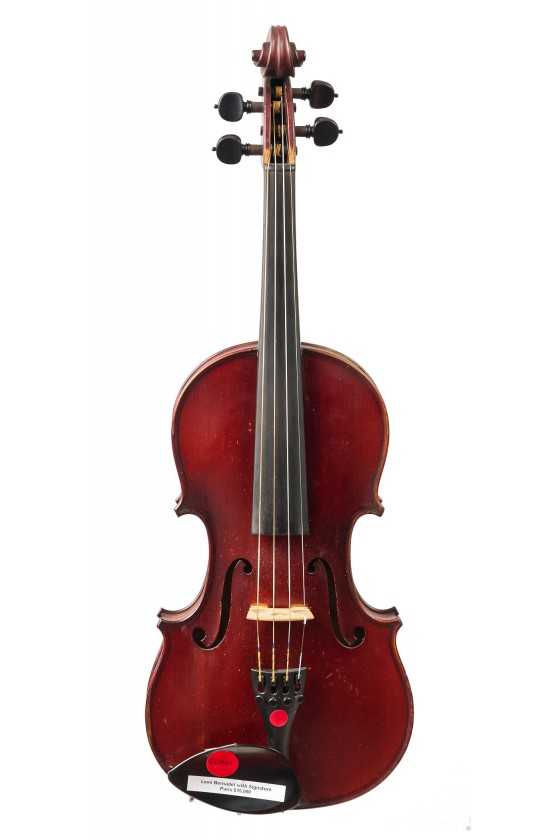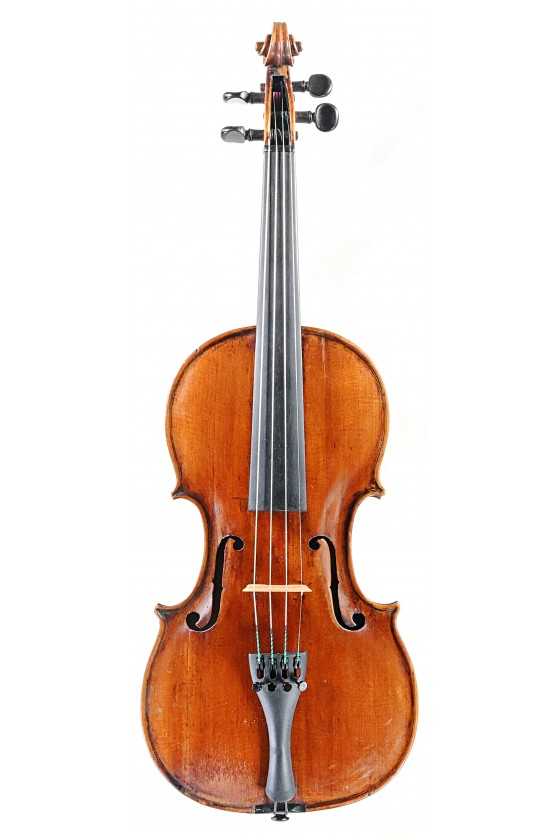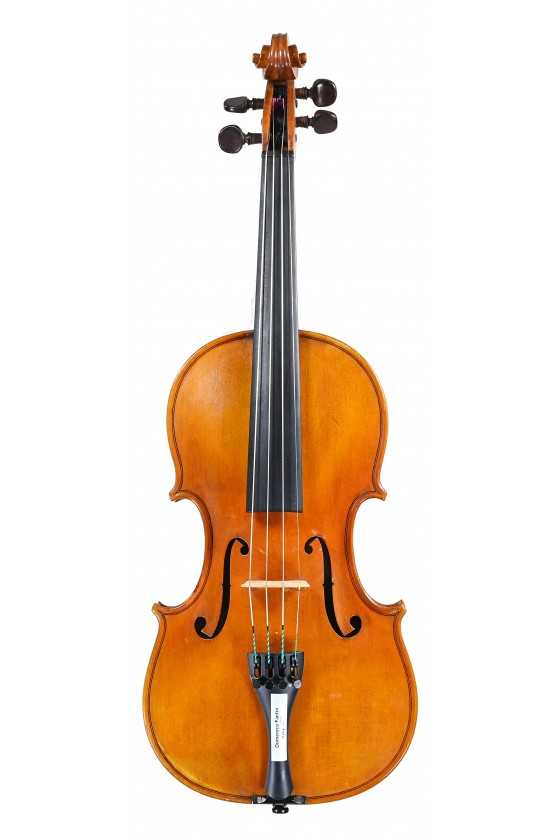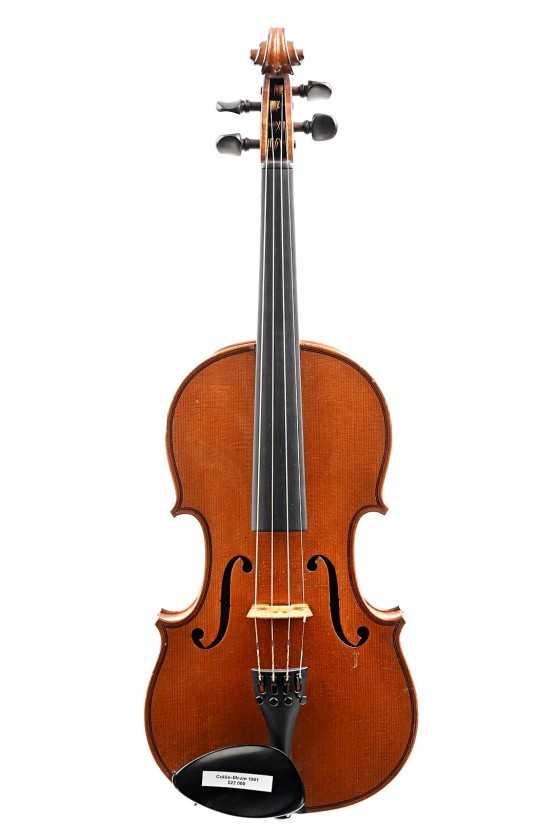Ryszard Osowski Violin Bronze Plus with Certificate
Check out this Ryszard Osowski Violin Bronze Plus. Ryszard Osowski is a Polish luthier who gradually perfected the sound and quality of his instruments. As a result, he concentrated more on building his own stringed instrument, passionately pursuing crafting highly advanced violins.

